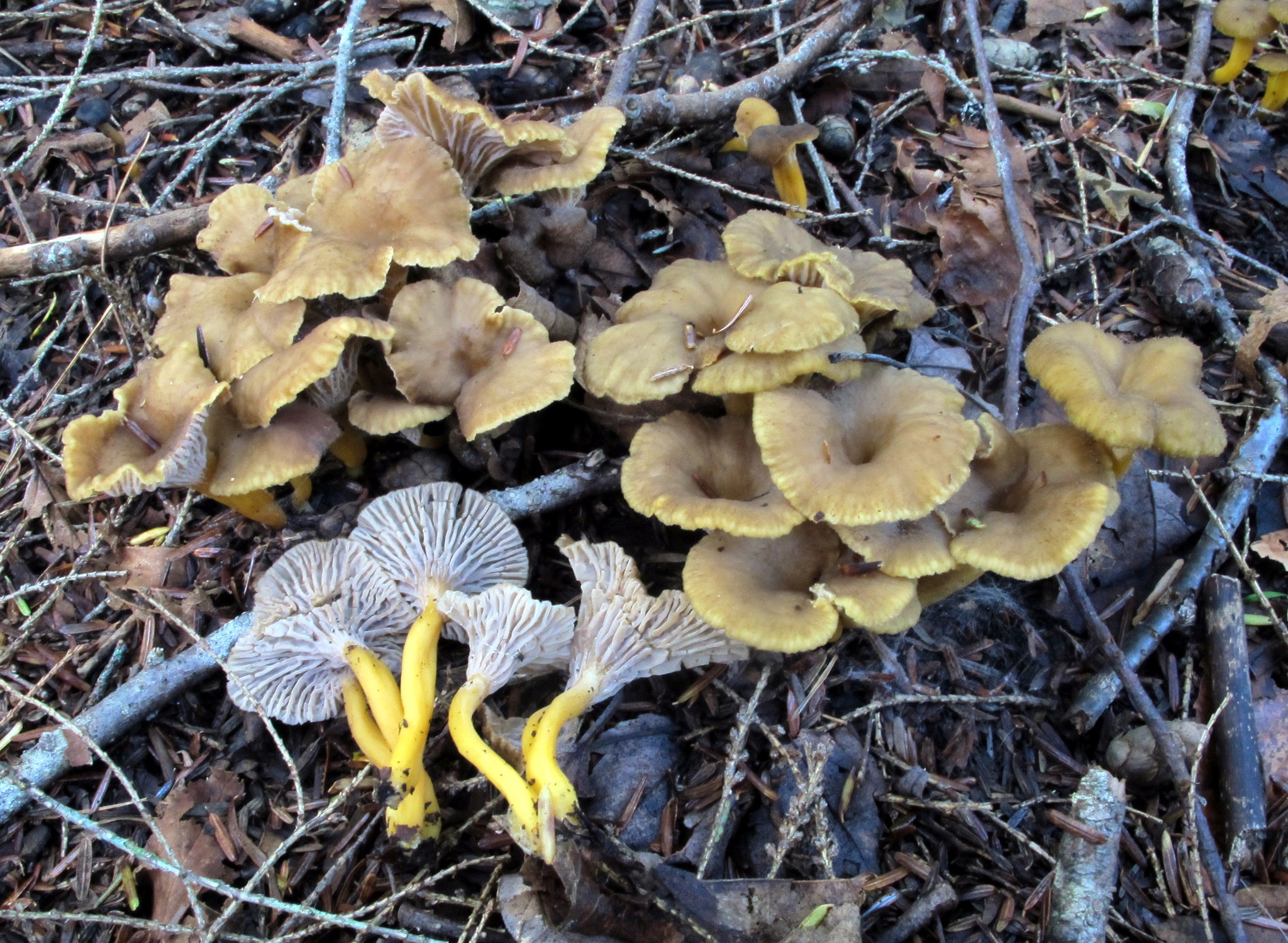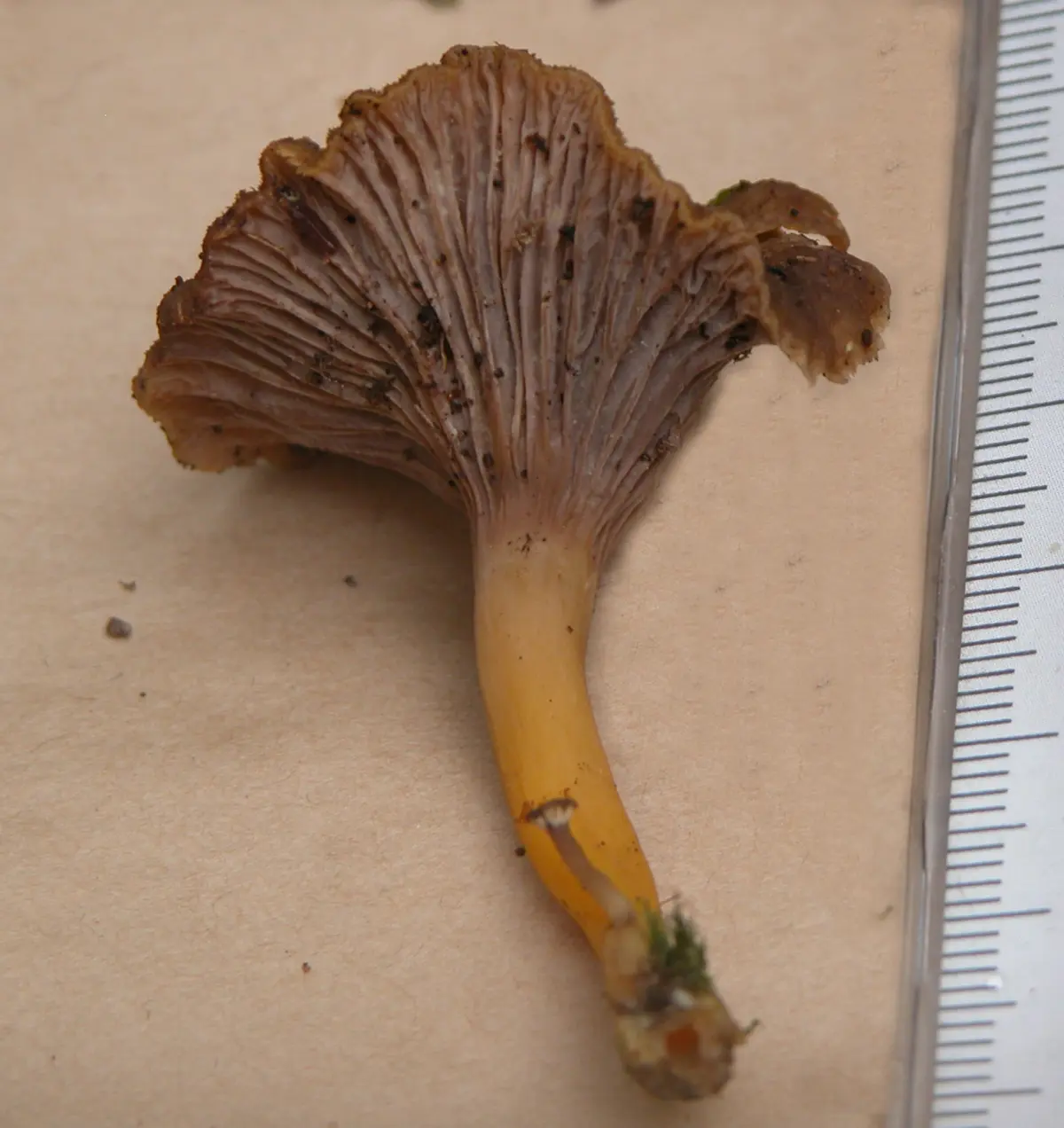|
| Common Hunting Fishing Mushrooming Foraging |
|
Craterellus tubaeformis |
August: Fruiting continues, mushrooms can be found in moist areas.
Safe with proper preparation. Widely collected in northern Europe and Russia. Used in home preserves and traditional cuisine.
Grows in groups in coniferous and mixed forests. Has thin tubular structure under the cap.
Search in coniferous and mixed forests on mossy ground Collect in autumn, especially after rains Look for clusters in shaded areas under trees
Characterized by a tubular underside of the cap and funnel shape. Has yellowish-brown color and thin stem.
Clean from forest debris, do not wash before drying. Remove damaged and dirty parts. Used similarly to other chanterelles.
Cap and stem: Drying, frying, boiling, pickling
Fried yellowfoot chanterelle with onions (Frying)
Fry in butter with onions
Fry in butter with onions
1. Clean and slice mushrooms.
2. Fry with onions until golden brown.
2. Fry with onions until golden brown.
Yellowfoot chanterelle soup (Boiling)
Light mushroom soup with vegetables
Light mushroom soup with vegetables
1. Fry mushrooms, add water and vegetables.
2. Cook until tender, season to taste.
2. Cook until tender, season to taste.
Pickled yellowfoot chanterelles (Pickling)
Perfect for winter snacks
Perfect for winter snacks
1. Boil mushrooms for 15 minutes.
2. Marinate with vinegar, spices, and garlic.
2. Marinate with vinegar, spices, and garlic.
 Canada · Ontario · Haliburton
Canada · Ontario · Haliburton
